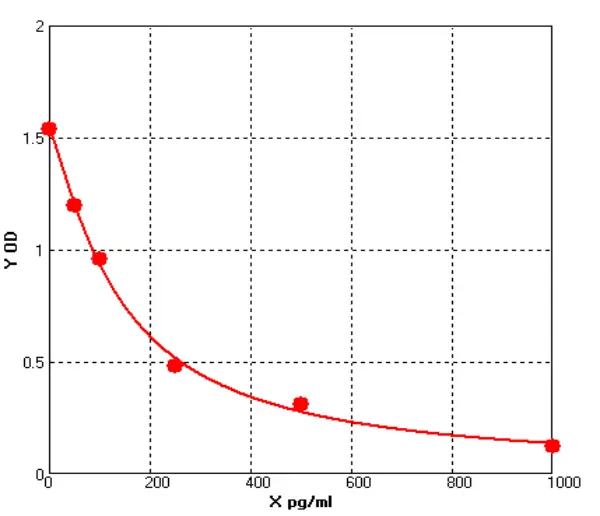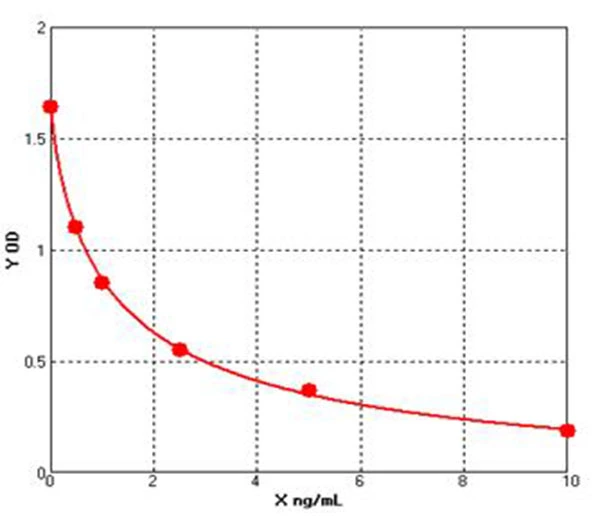The Role of Mouse Osteocalcin ELISA in Bone Metabolism Research
The mouse osteocalcin ELISA, as an efficient research tool, plays an increasingly important role in bone metabolism research. By precisely measuring the levels of mouse osteocalcin, researchers can gain a clearer understanding of the biological characteristics of bone tissue and its changes. Below are several key applications of the mouse osteocalcin ELISA in bone metabolism research.
Evaluating the Balance Between Bone Formation and Resorption
The mouse osteocalcin ELISA is mainly used to assess a key indicator in bone formation — osteocalcin. As a marker molecule for bone formation, its levels directly reflect the dynamic balance of bone metabolism. By detecting the osteocalcin concentration in mice, researchers can understand the relationship between bone formation and resorption, providing data support for the study of bone metabolism-related diseases.
Animal Model Research of Osteoporosis
In osteoporosis research, the mouse osteocalcin ELISA is widely applied to monitor changes in bone metabolism. By measuring the osteocalcin levels in different experimental groups of mice, the mechanisms of osteoporosis and the effects of drug interventions can be analyzed. This provides a reliable biological basis for drug development and treatment strategy formulation.
Drug Screening and Bone Metabolism Regulation
The mouse osteocalcin ELISA is also widely used in drug screening research. Osteocalcin serves as a key evaluation index for a drug's role in bone metabolism. By using the mouse osteocalcin ELISA, researchers can monitor the effects of drugs on bone formation and assess the efficacy and safety of the drugs by detecting changes in osteocalcin levels in mice.
Application in Bone Tumor Research
In bone tumor research, the mouse osteocalcin ELISA helps researchers understand the impact of tumor growth on bone metabolism. Changes in osteocalcin concentrations provide clues about the invasive nature of tumor cells in bone tissue. By monitoring osteocalcin levels in mice, researchers can evaluate the progression of tumor-related bone diseases and their response to treatment.
Monitoring the Bone Healing Process
Changes in bone metabolism during the bone healing process are a key focus of research. The mouse osteocalcin ELISA can provide data support at different stages of bone fracture healing. By regularly measuring changes in osteocalcin concentration, researchers can track the healing process and provide insights for optimizing fracture treatments.
The mouse osteocalcin ELISA, with its high sensitivity and accuracy, has become an essential tool for bone metabolism research. This detection method allows researchers to thoroughly analyze various changes in the bone metabolism process, providing strong support for the study of bone-related diseases. If you are also engaged in bone metabolism research, Bluegene Biotech's high-quality mouse osteocalcin ELISA is undoubtedly an indispensable experimental assistant.



